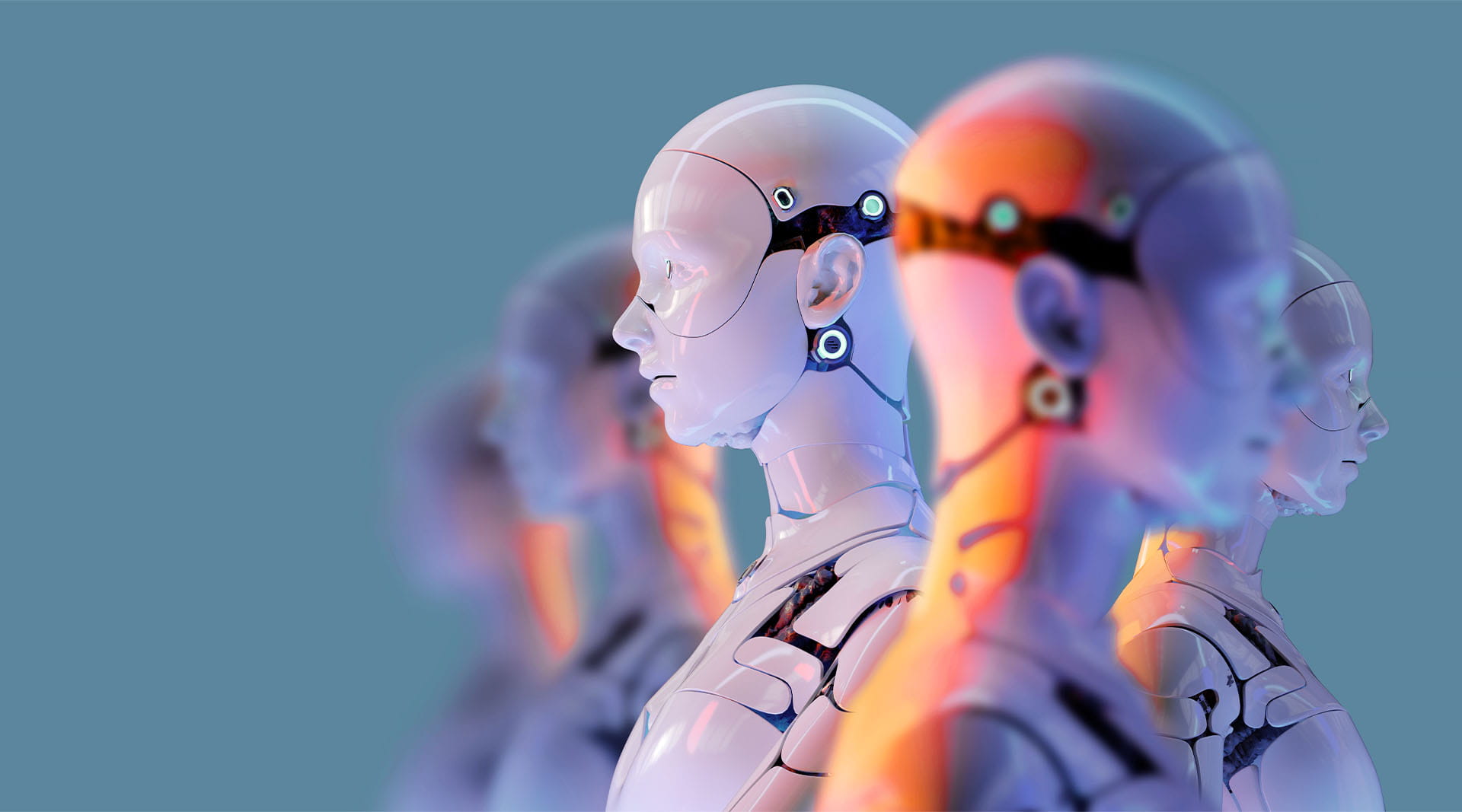AI and IP: AI and Intellectual Property Infringement Risk in Business
26 January 2024

26 January 2024

AI is increasingly being relied upon in business IT solutions. As it increases in prominence, so too do discussions and litigation around associated legal issues. This includes, not least of all, disputes relating to copyright infringement, as recently demonstrated by the New York Times' claim that OpenAI and Microsoft unlawfully used millions of its publications to train AI models and now owe billions in damages. AI users are understandably left wondering if they are appropriately insulated from associated infringement risk through their own use of AI tools. This note highlights key points for consideration when implementing generative AI in view of intellectual property infringement risks.
While there are filters continuously being added and refined to exclude potentially problematic training content, AI service providers are now also starting to offer to indemnify customers against intellectual property infringement liability in order to give greater comfort when using AI. These indemnities are not uniform across the market but in any case generally tend to be limited, so users are encouraged to carefully consider the terms and conditions in relation to each AI product when assessing risk profiles relating to their specific use.
Infringement risk appears at a number of junctions in relation to AI, which may include: i) in connection with the data on which the AI model was trained, ii) the user's input, and/or iii) the output generated by the AI software. Service providers offering indemnities tend to shield customers from liability arising at those points they have greatest control, including in relation to training data and output. However, there are a number of key exclusions that have been appearing which reflect risk that service providers are unwilling to accept. Significantly, protection may not extend to: i) free to access products, ii) user input prompts or data, iii) modified AI software (e.g. so as to be integrated into the user's systems), and iv) software created by third parties (despite being offered by that service provider or it being available on its platform).
In view of the above, it is crucial for AI users to pay careful attention to the scope of any indemnities and to what extent that scope will cover use in practice – which may require assessment of whether the software has been adapted in any way and whether it was created by the entity providing it as a service.
Given the quickness with which AI development and associate legal risks are currently moving, it is likely that indemnities will continue to be shaped and reshaped over the coming period as we gain greater understanding of the extent and costs of any intellectual property infringement.
For further reading, please see previous articles in our series below:
AI and the Role of Inventorship in UK Patent Applications
AI and IP: Copyright – the wider picture and practical considerations for businesses
AI and IP: Back to Basics and Business Impact
The information provided is not intended to be a comprehensive review of all developments in the law and practice, or to cover all aspects of those referred to.
Readers should take legal advice before applying it to specific issues or transactions.



Sign-up to select your areas of interest
Sign-up